We are now becoming a well oiled machine, we all know the roles involved in striking camp and setting up. Both for our own tents and the group set up
The first stop was Godfoss watrrfall.
History of Goðafoss
The name Goðafoss means either waterfall of the gods or waterfall of the ‘goði’ (i.e. priest/ chieftain). The reason for this is its fascinating history.
When Iceland was first settled in the 9th and 10th Centuries, the vast majority (those who were not slaves, at least) were Norwegians who followed the Old Norse religion, worshipping deities like Thor, Odin, Loki, and Freya. However, after the Commonwealth was established in 930 AD, pressure to convert began to push from Christianising Europe.
By 1000 AD, it seemed that Norway would almost certainly invade if the country were to stand by its pagan beliefs. The issue was thus discussed at Þingvellir, where the parliament met once a year. The lawspeaker at the time, the Ásatrú priest (or goði) Þorgeir Ljósvetningagoði, was given the responsibility to make the decision.
It is said he lay under a fur blanket for a day and a night in silence, praying to his Old Gods for the right decision. Eventually, he emerged and said, for the good of the people, Christianity would be the official religion, but pagans could practice in private.
To symbolize his decision, he returned to his home in north Iceland and threw idols of the Old Gods into a beautiful waterfall. Since then, it would be known as Goðafoss.
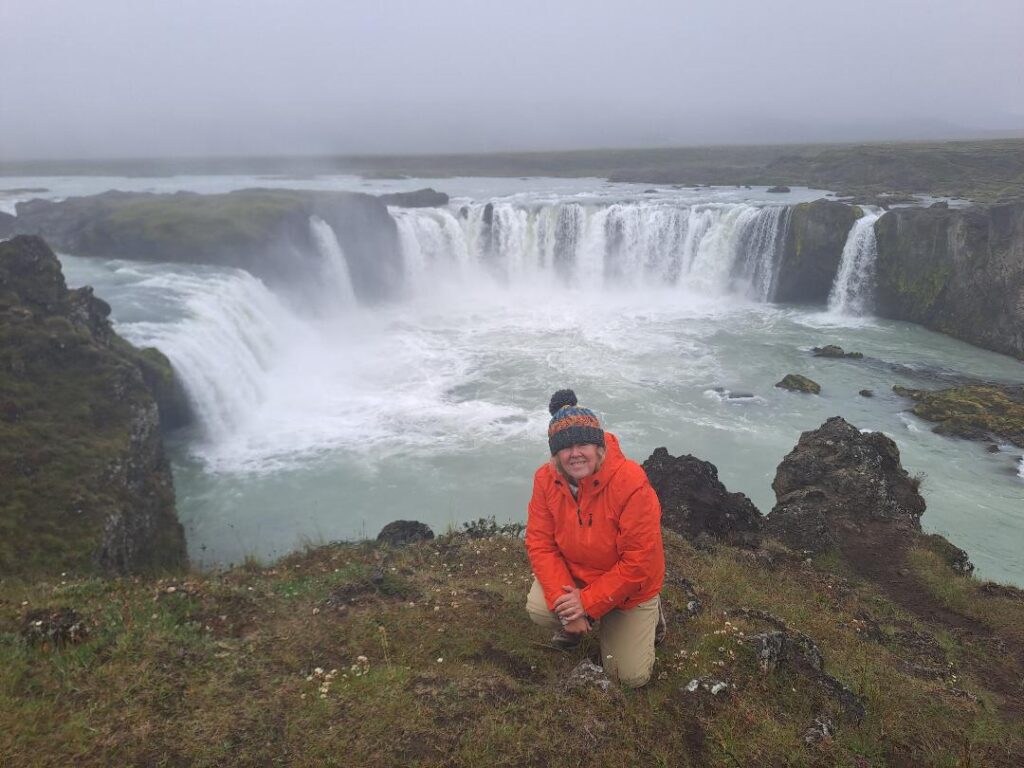
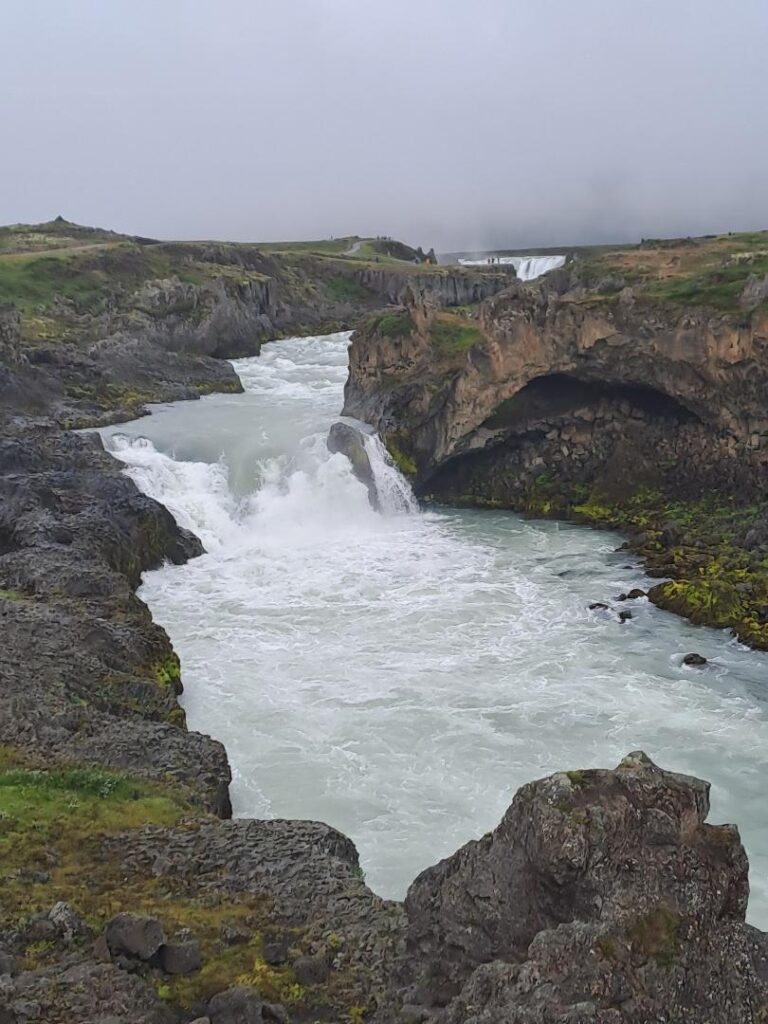

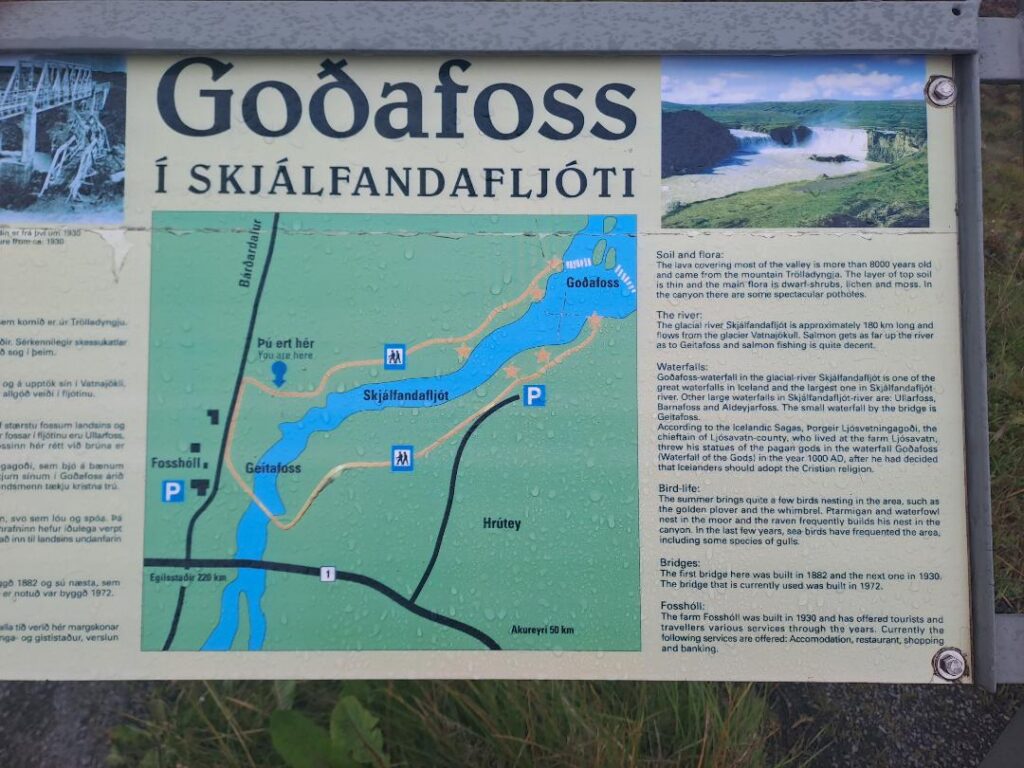
After this we did some stops to the see the volcanic actvity (thousands of years ago) we started with
Dimmuborgir
In Icelandic culture, lava caves are allegedly the homes of the nation’s brutal and vile trolls. The most famous of these were the half-troll, half-ogre Grýla and her submissive husband Leppalúði. Grýla was renowned for her insatiable appetite for children, and her gigantic pet cat, that would eat children over the Christmas period for not getting any clothes (encouraging kids to finish their weaving, knitting and sewing chores before the season set in).
Grýla and Leppalúði had thirteen sons who lived in Dimmuborgir and are now known as the ‘Icelandic Santa Clauses’ or Yule Lads. On the thirteen nights before Christmas, these trolls come one by one to terrorise Icelanders, each with their own strategy after which they were named.
Sheep-Colt Clod, for example, would harass livestock; Skyr-Gobbler would steal and lick the house’s supplies of yoghurt-like skyr; and Window-Peeper would stare into houses, looking for things to burgle.
Like most frightening Icelandic stories, the Yule Lads were most likely created to keep children from going out into the cold Icelandic winter nights, where many disappeared without a trace for centuries. As the nation modernised, they became mischievous tricksters rather than devilish monsters. Now, they have been ‘Americanised’; rather than traditional Icelandic garb, they wear Santa costumes, and although they still steal skyr, they now also bring gifts.
Due to Iceland’s remoteness and fondness for storytelling, the nation developed many unusual Christmas traditions.
During the Christianisation of Iceland, Dimmuborgir developed a new set of tales. Many began to believe, due to its starkness, that it was where Satan landed when cast from heaven, and where he created the catacombs to hell.
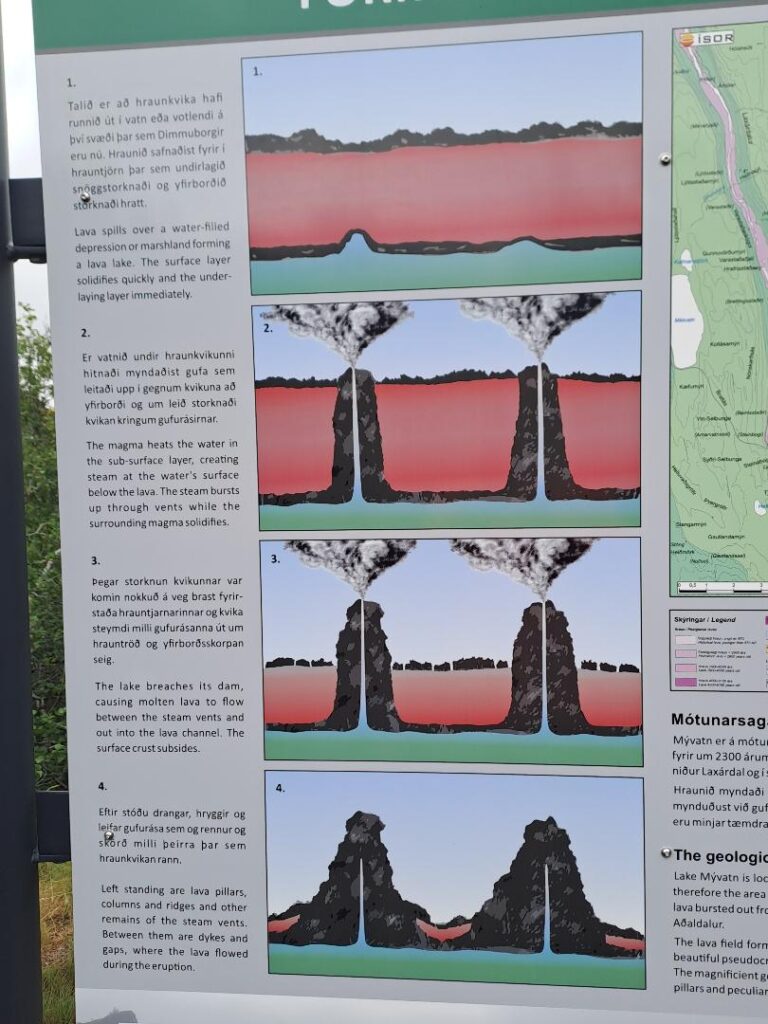
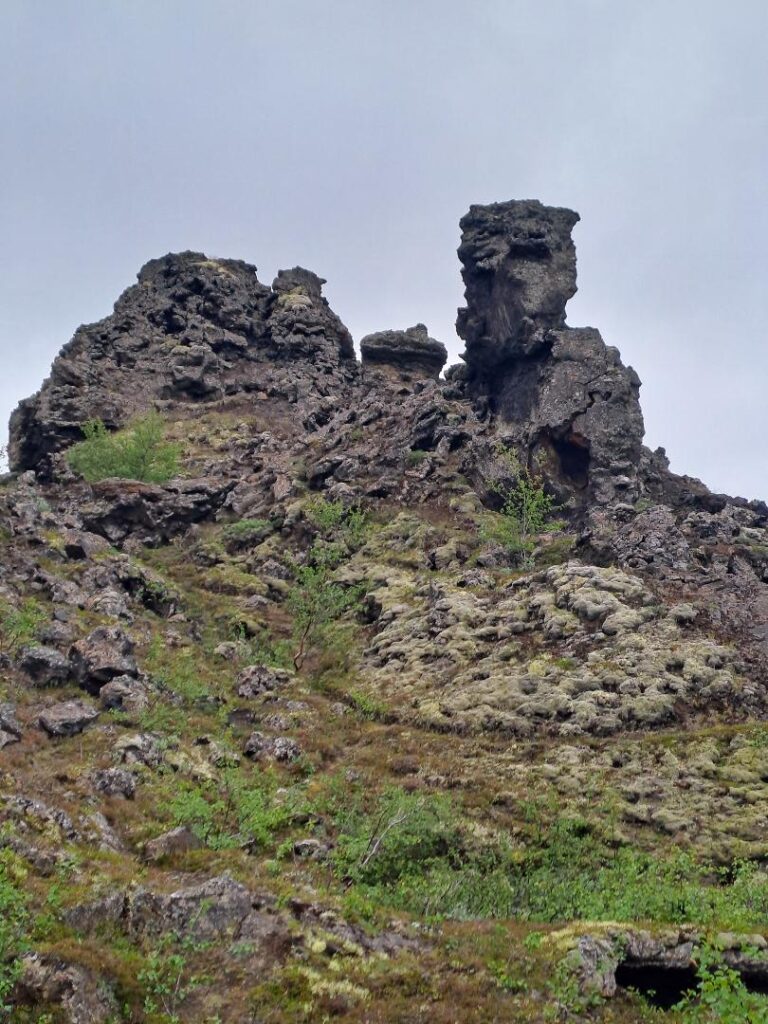
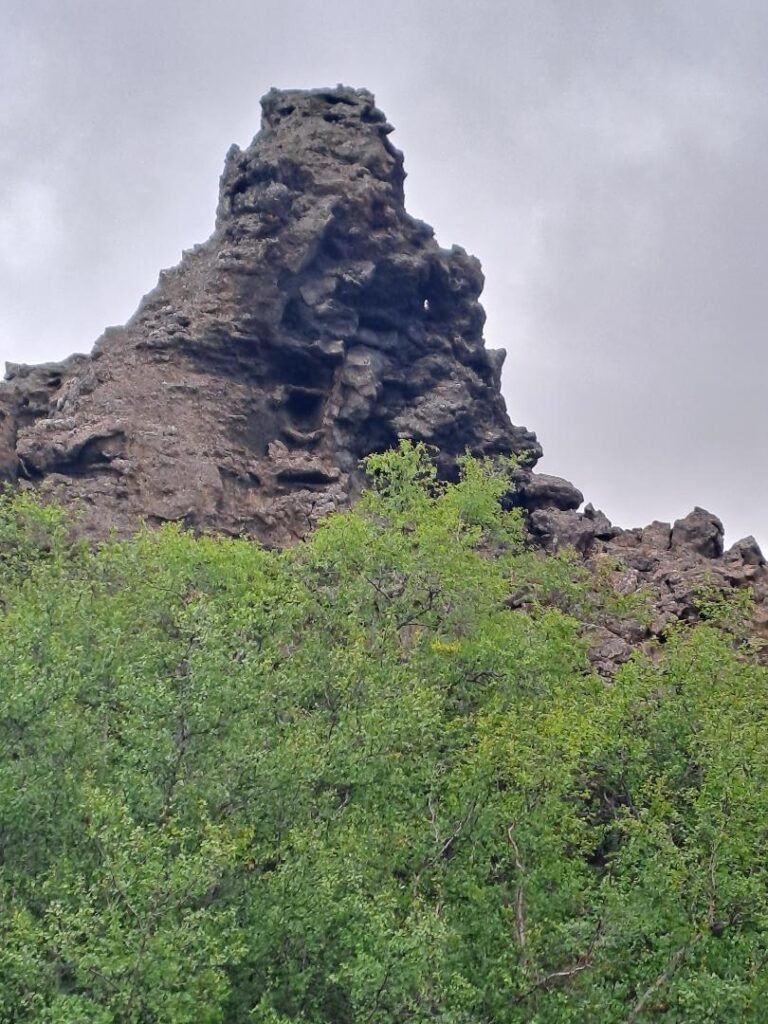
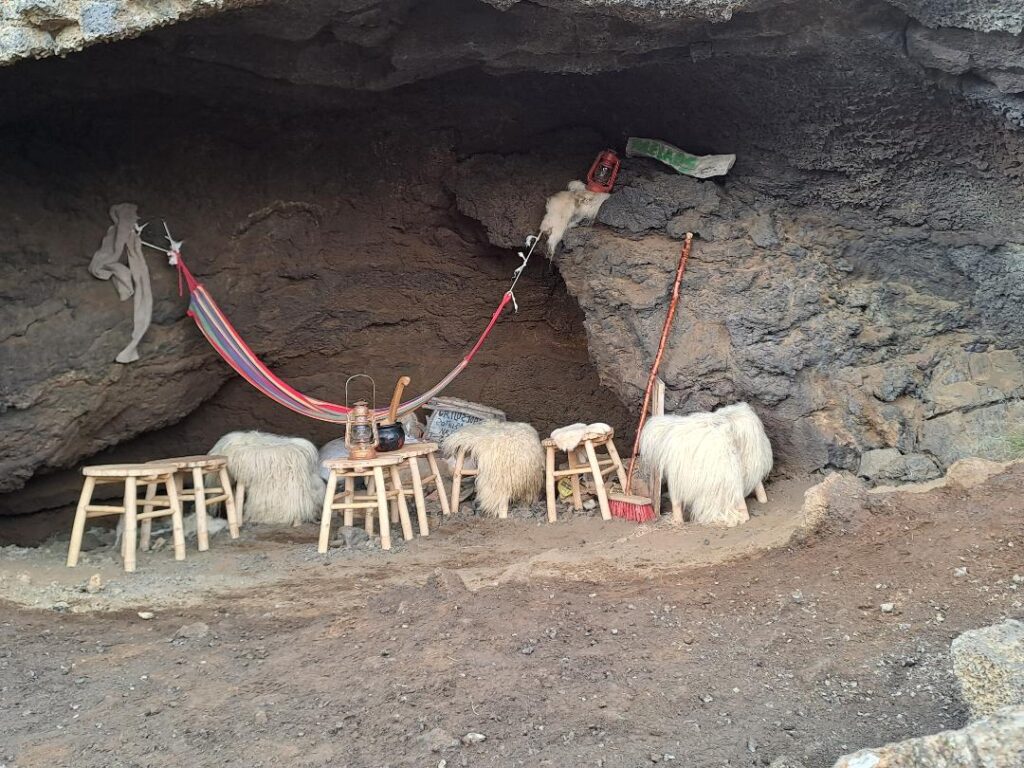
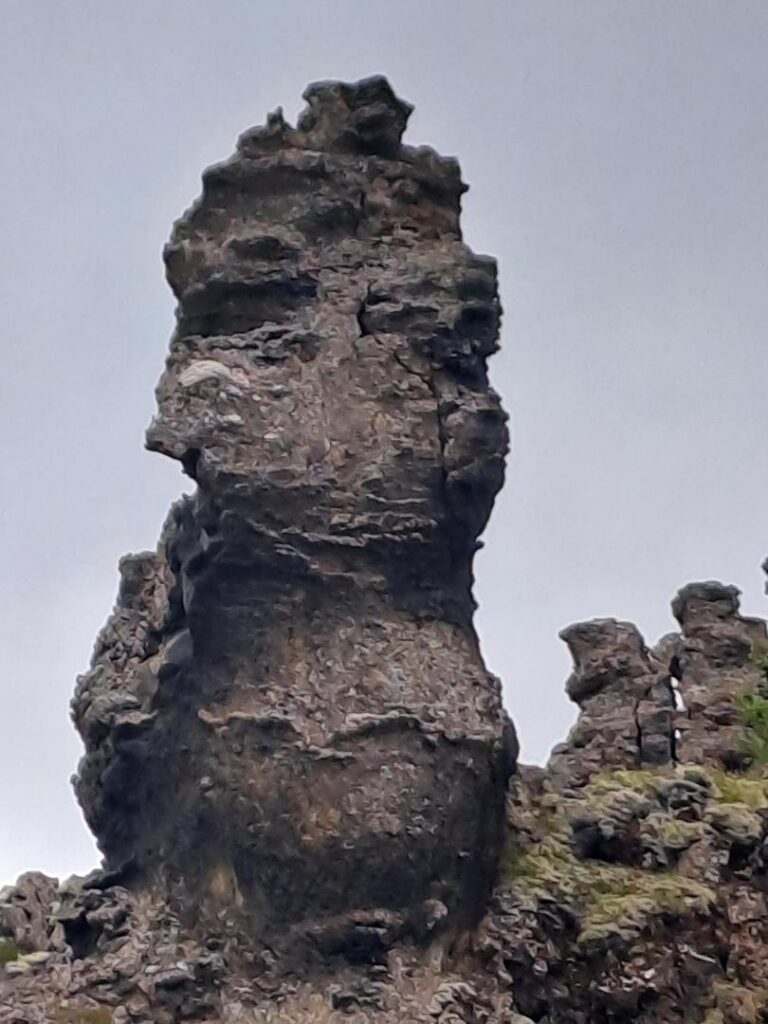

Next to the Hverfjall volcanic crater site that boasts another natural magnificence, created by a brief, but enormous volcanic eruption around 25,000 years ago. Otherwise known as ‘Hverfell’, the crater is a tephra cone in northern Iceland, located towards the east of the Mývatn volcanic lake. It is a kilometer wide and 140 meters deep, creating a captivating form to catch the eye and intrigue visitors, with a shape similar to that of a stadium. The beautiful form was once symmetrical. A landslide is believed to have occurred during the eruption and caused the southern side of the crater to fall. This slightly spoiled the symmetry of the site. Hverfjall remains a near-perfect crater.
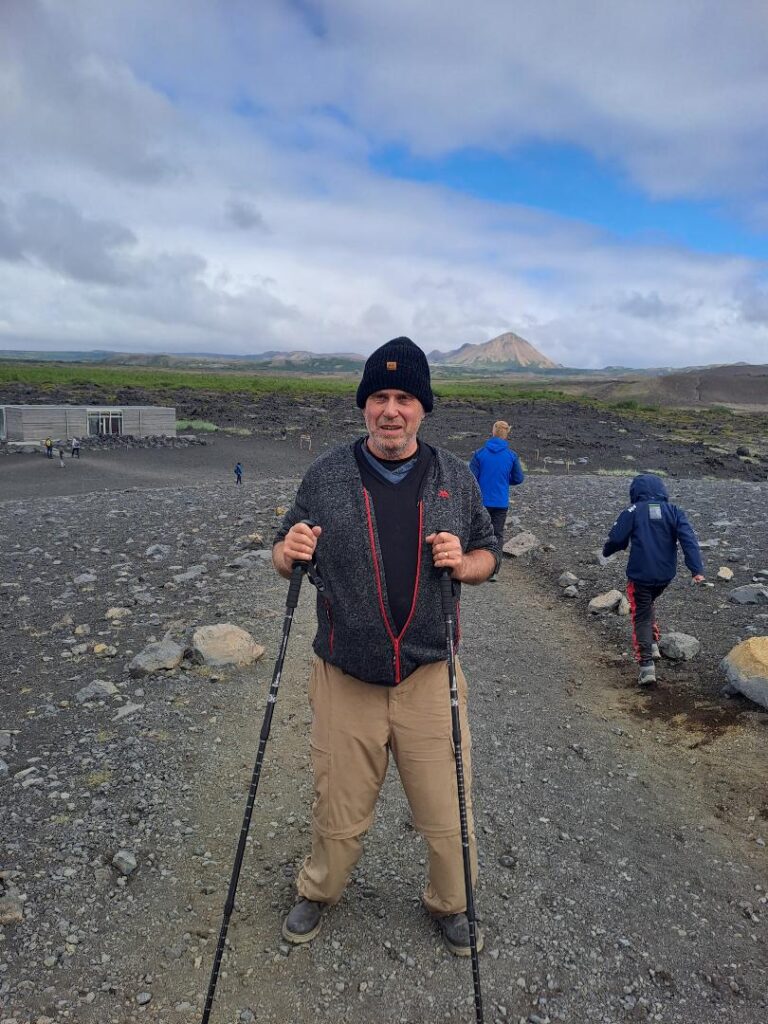
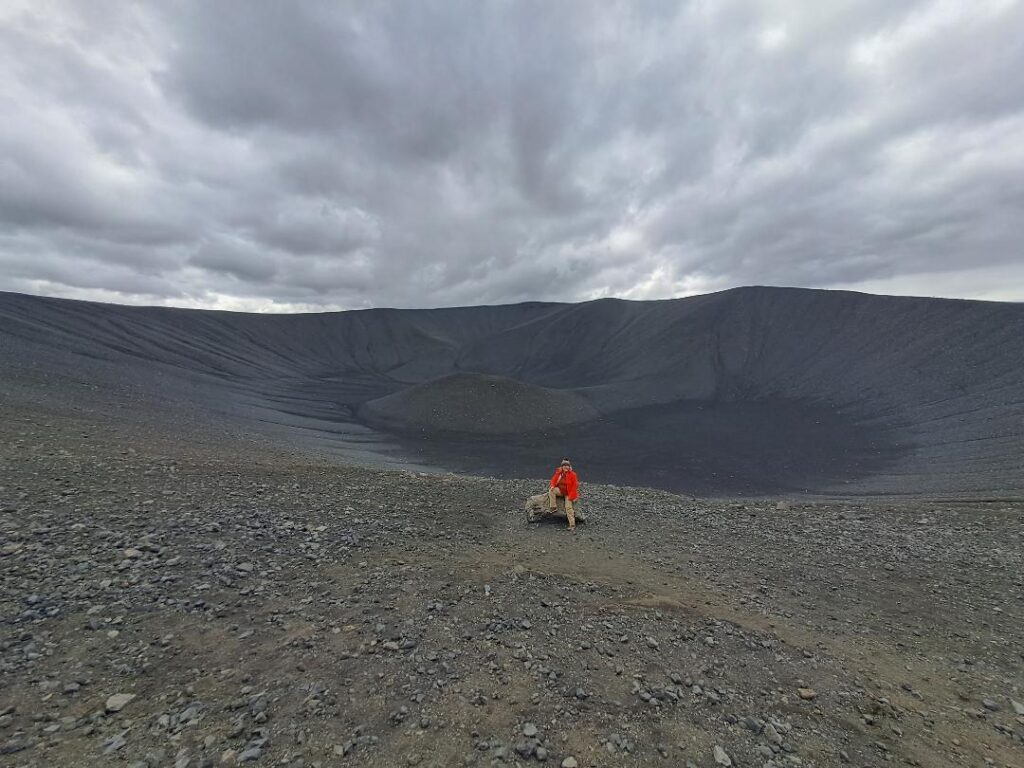
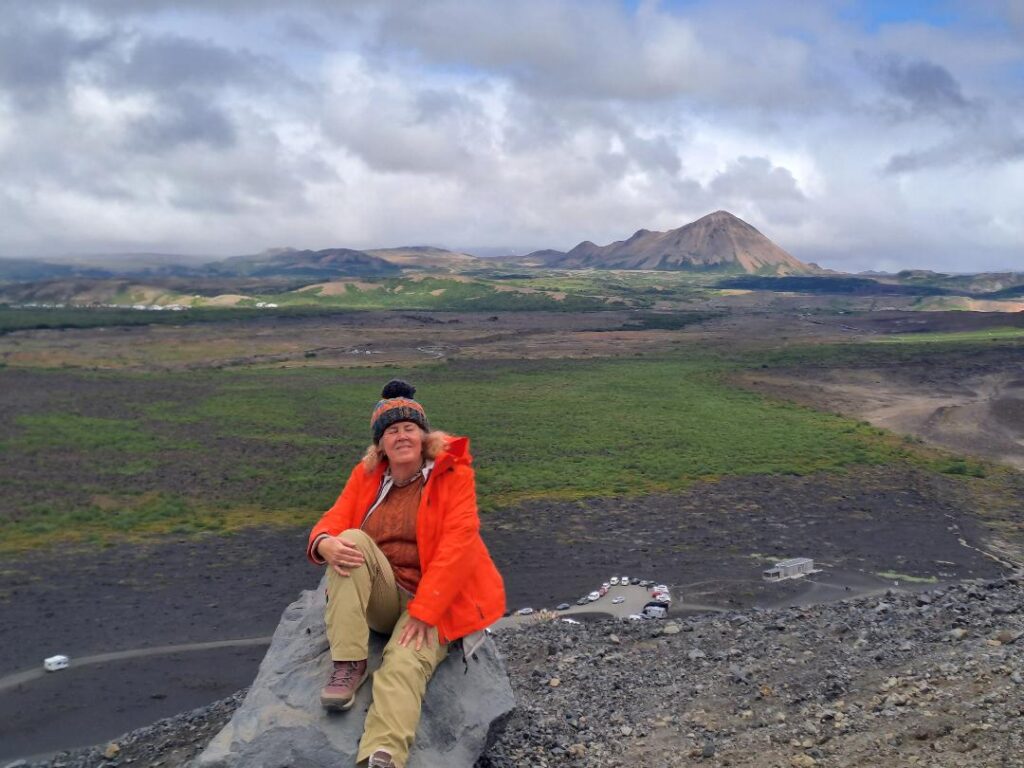
We then went to see a crackin the earth and a cave pool. This is very close to the tectonic plate join between the plates but not actually on it.

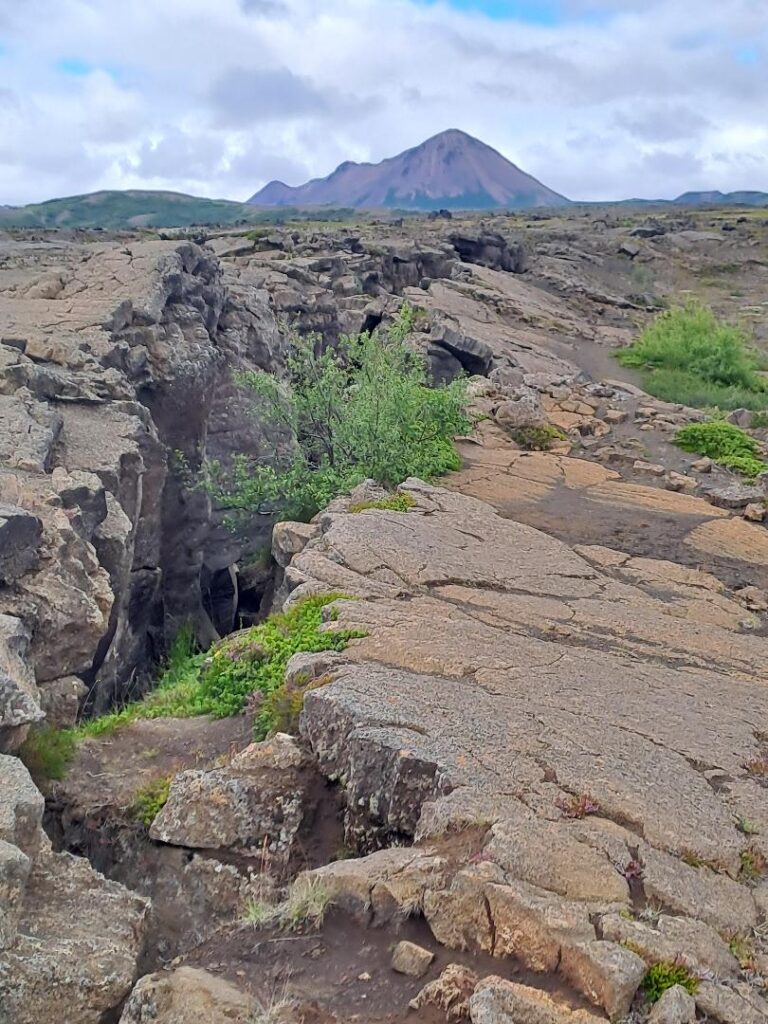
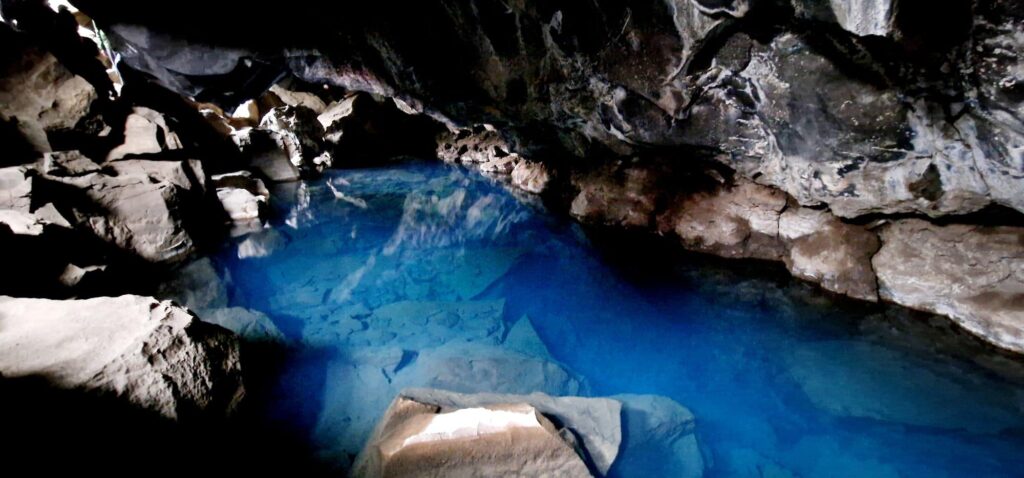
To end the day we went to the Myvatn nature baths for a lovely hot soak before dinner !
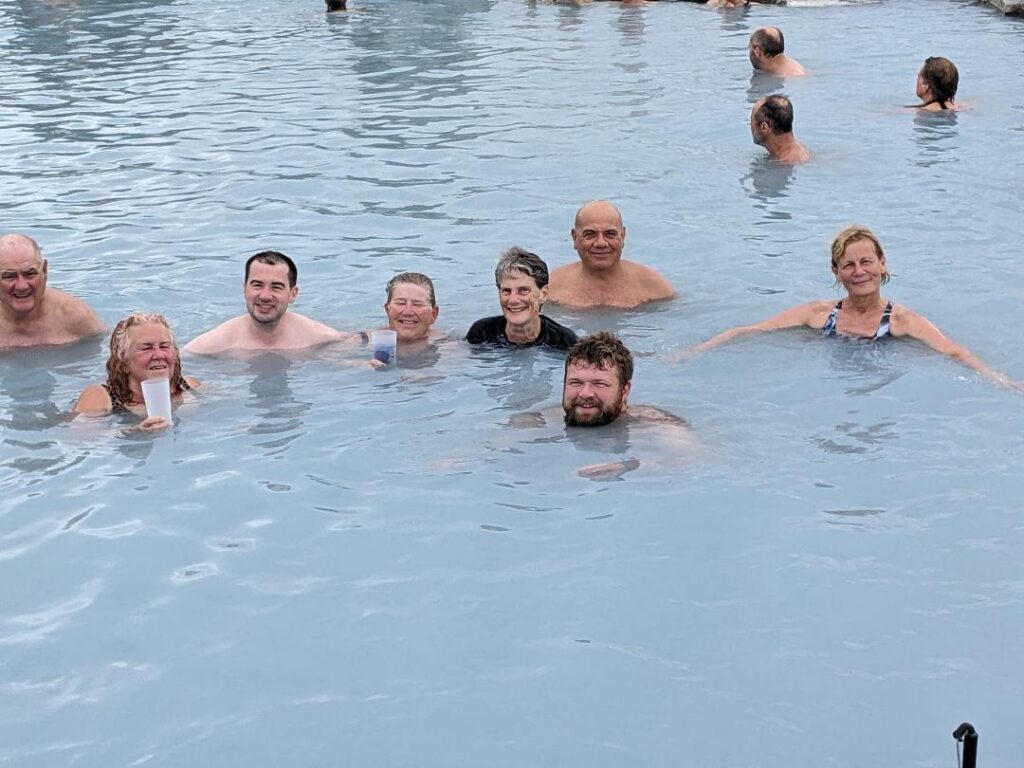
Leave a Reply